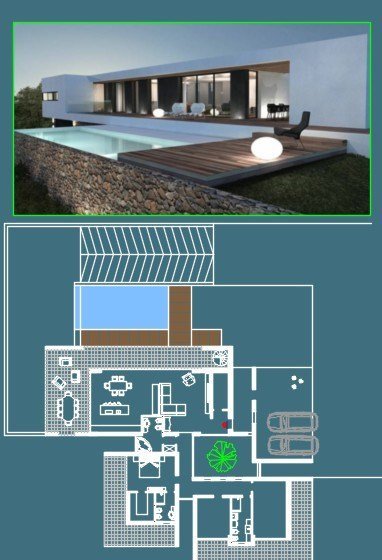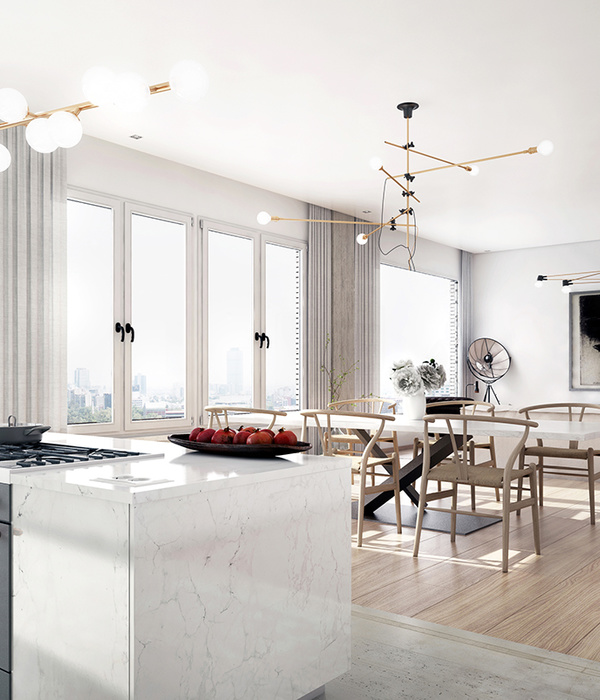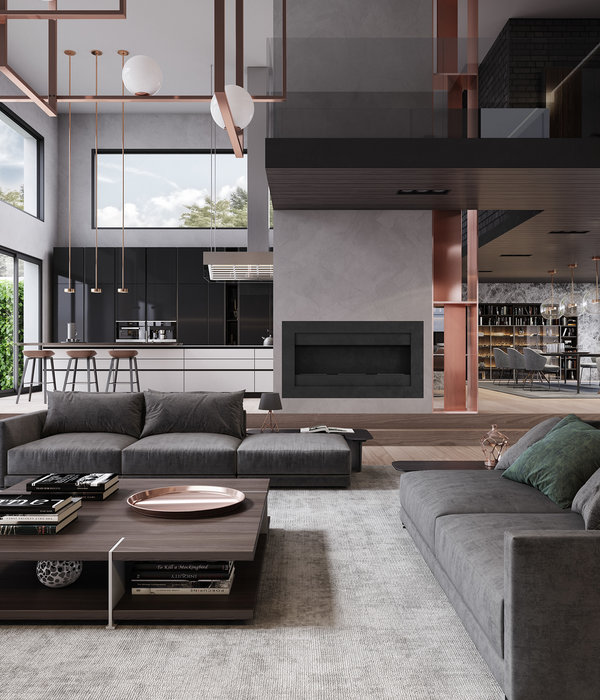ST 住宅 | 连接城市与生活的日本爱知县住宅
项目坐落于日本爱知县,所在场地是当地车站重新规划后新开发出来的地块,就位于车站前。尽管场地位于繁忙的商业区,但是出于各种原因,业主还是选择了这里。落成后的住宅距离车站不到一分钟的步行距离,周围环绕着一条宽阔的新道路和一大片尚未开发的商业用地。
The site is a newly created lot in front of a station redevelopment in a local city. Despite its location in a commercial area, the client decided to live here for various reasons. Therefore, the site is located less than a minute’s walk from the station and is surrounded by a new wide road and a large plot of undeveloped land characteristic of a commercial area.
沿街一侧鸟瞰,bird’s eye view from the street side©1-1 Architects
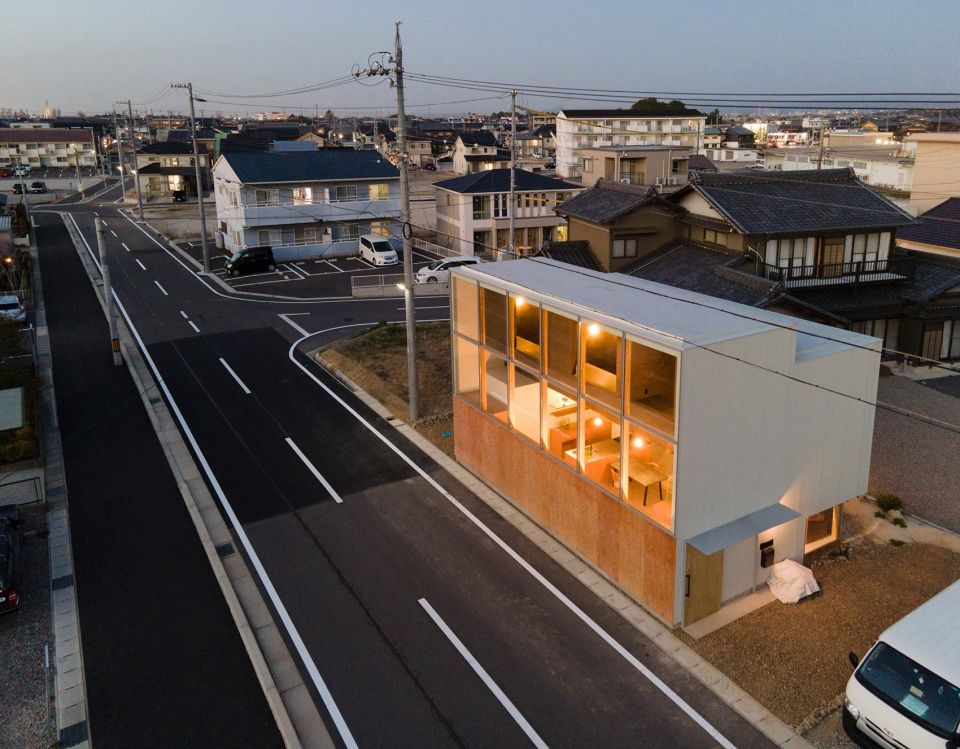
▼住宅后部鸟瞰,bird’s eye view of the back part of the project©1-1 Architects
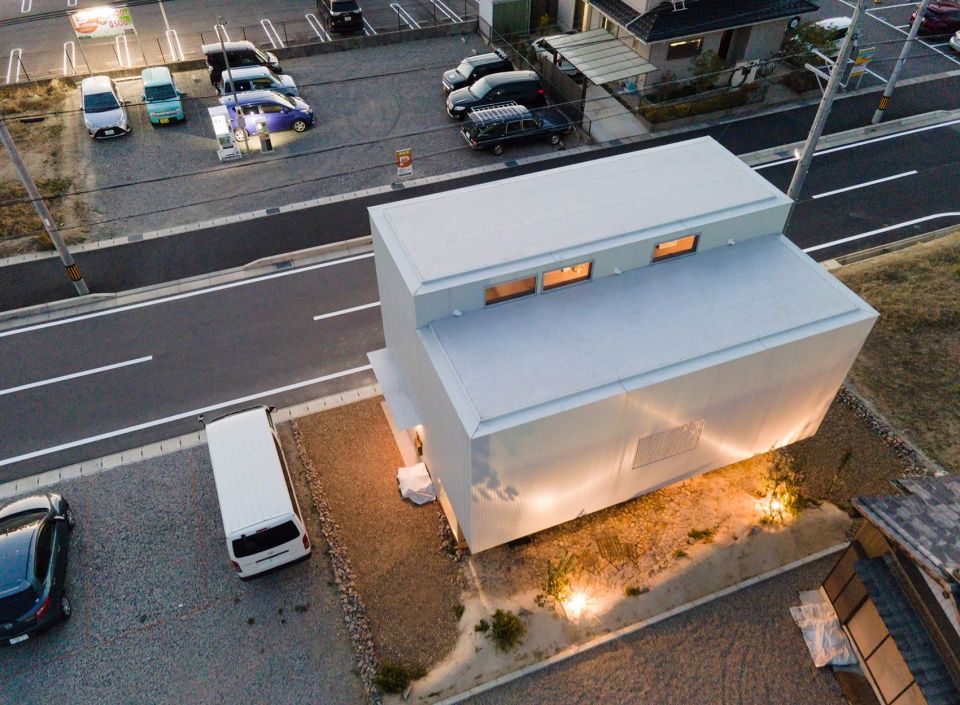
当建筑师第一次勘察场地时,就意识到场地前方11米宽的道路以及延伸向远方的大型高架车站似乎与住宅的尺度不匹配。因此,本项目的设计核心旨在打造一座连接城市与生活的住宅,将城市大尺度与住宅小尺度之间的对比作为城镇的文脉,为居住在该地区的每个人都营造出宜居的生活环境。具体来说,就是将建筑的体量布置在道路的边缘,通过底层空间将道路带来的大尺度感逐渐过渡到小尺度的生活空间。
When we first surveyed the site, the wide 11-meter-wide front road and the large elevated station stretching out in front of it seemed mismatched to the scale of the residence. Therefore, in this project, we propose a house that connects the city and the house by considering the conflict between the large, civil scale of the city and the small scale of the house as the context of this town, and by creating an appropriate setting for each. Specifically, the building is located at the very edge of the road in front of the house, and the first floor is scaled down gradually from the roadside.
沿街立面,facade along the street©1-1 Architects
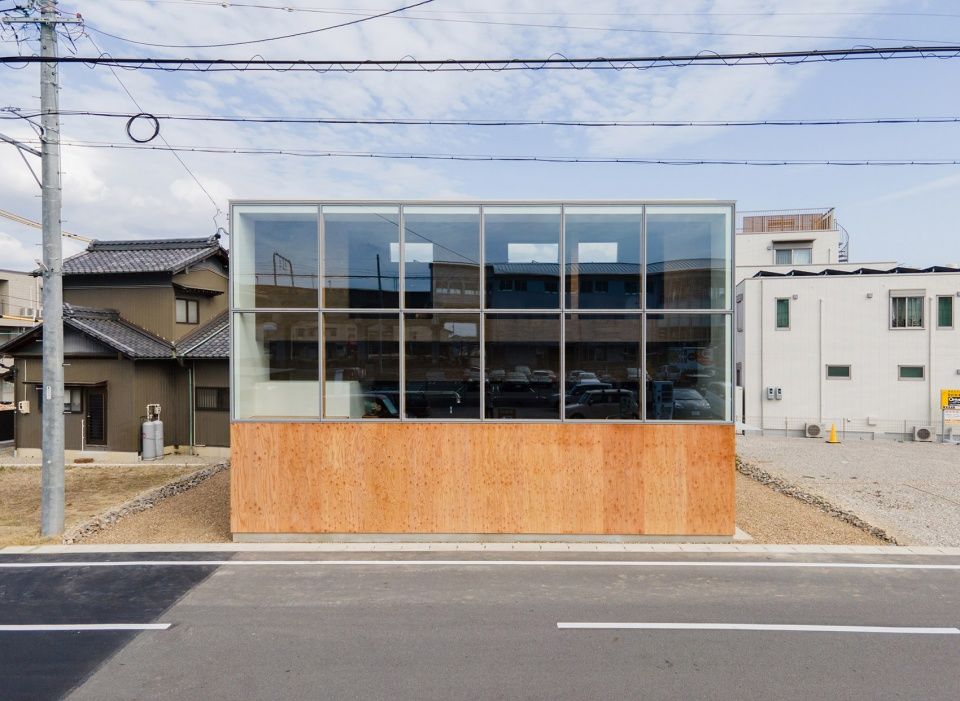
▼后花园,back garden©1-1 Architects
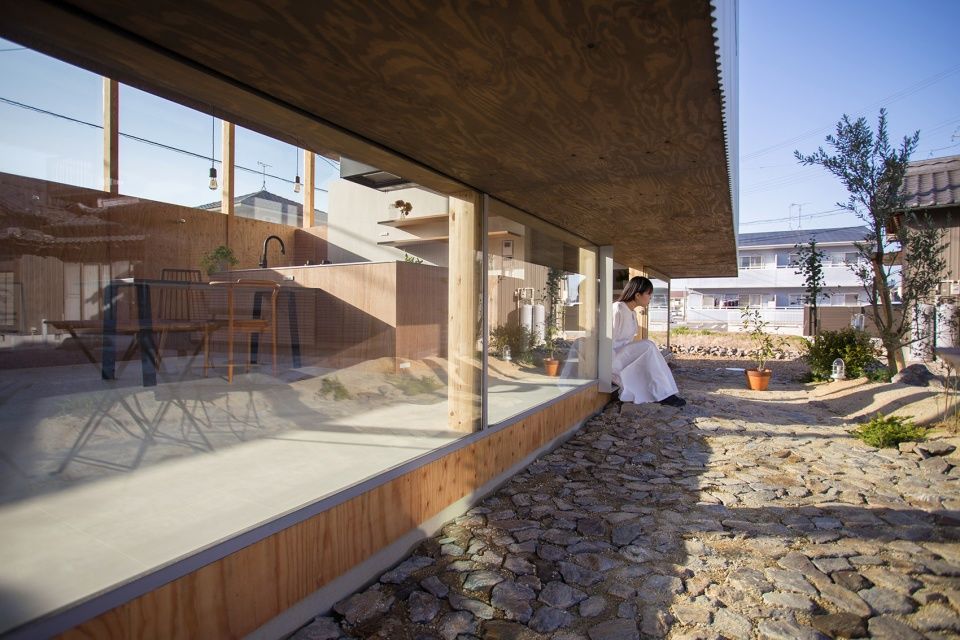
▼主入口,main entrance©1-1 Architects
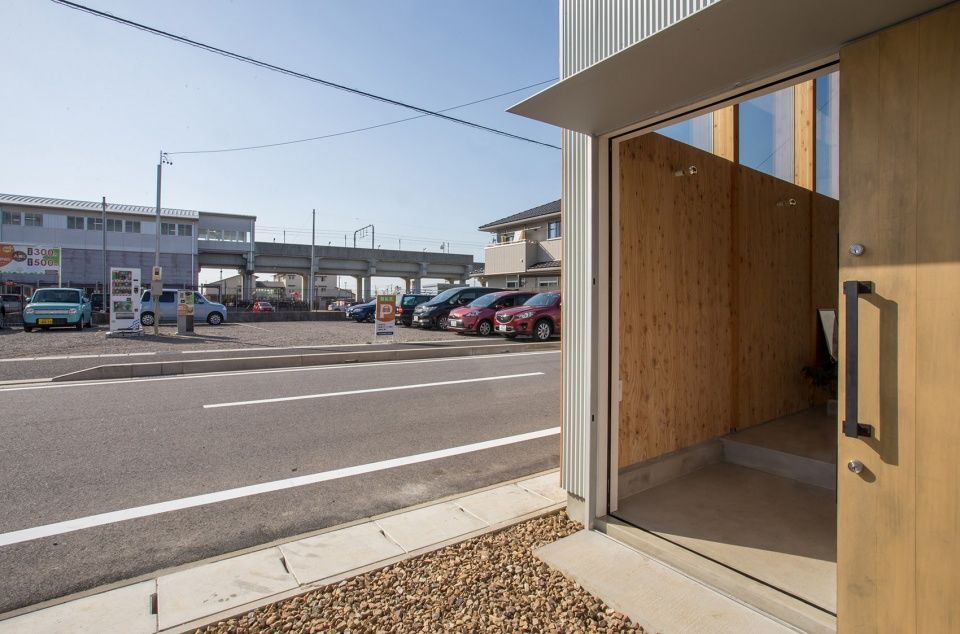
住宅内部沿街道一侧设有一处高达6米的双层通高空间,大面积的开窗将城市的尺度引入室内。从这里开始,天花板高度以阶梯的方式逐渐向空间后部降低,将室内逐渐转变成一个似乎被城市包围的小空间。空间最内部,高1.4米的柱廊将室内空间向室外花园打开。高度逐级递减的天花板使室内转化为一处连续的无柱空间,沿街大面积开窗引入的高架车站景色与后部小窗户引入的花园景观在生活空间中交汇,营造出开放流动的视觉感受。
▼剖面图,section©1-1 Architects
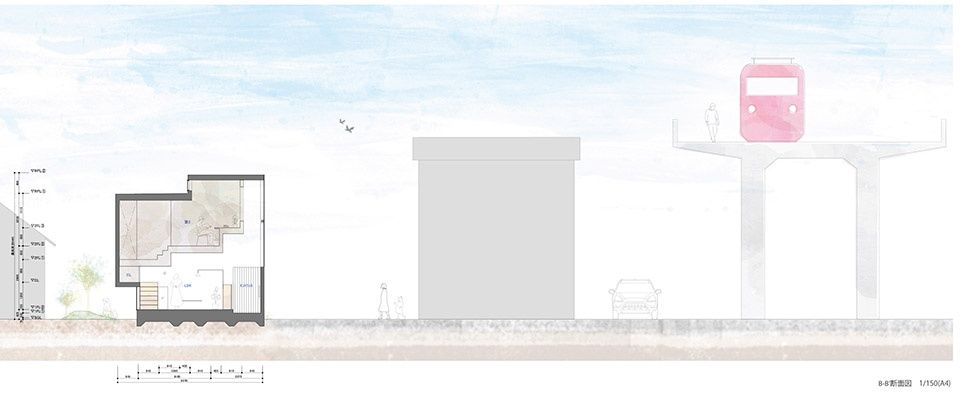
The interior of the house on the street side has a vaulted ceiling height of over 6 meters and windows that bring the large scale of the city into the interior of the house. From there, the ceiling height lowers in a stair-like manner toward the back of the house, gradually transforming into a small space that seems to be enveloped by the city. Finally, a 1.4-meter-high pilotis connects to the exterior garden. By making the interior space on the first floor with different ceiling heights a seamless space without pillars, the elevated view seen from the large window at the roadside and the garden view seen from the low small window at the back are connected in the living space.
Viewing the living space from the back garden©1-1 Architects

▼底层起居空间概览,interior of the ground floor©1-1 Architects

大面积的开窗引入自然光线与城市景观,Large windows introduce natural light and views of the city ©1-1 Architects
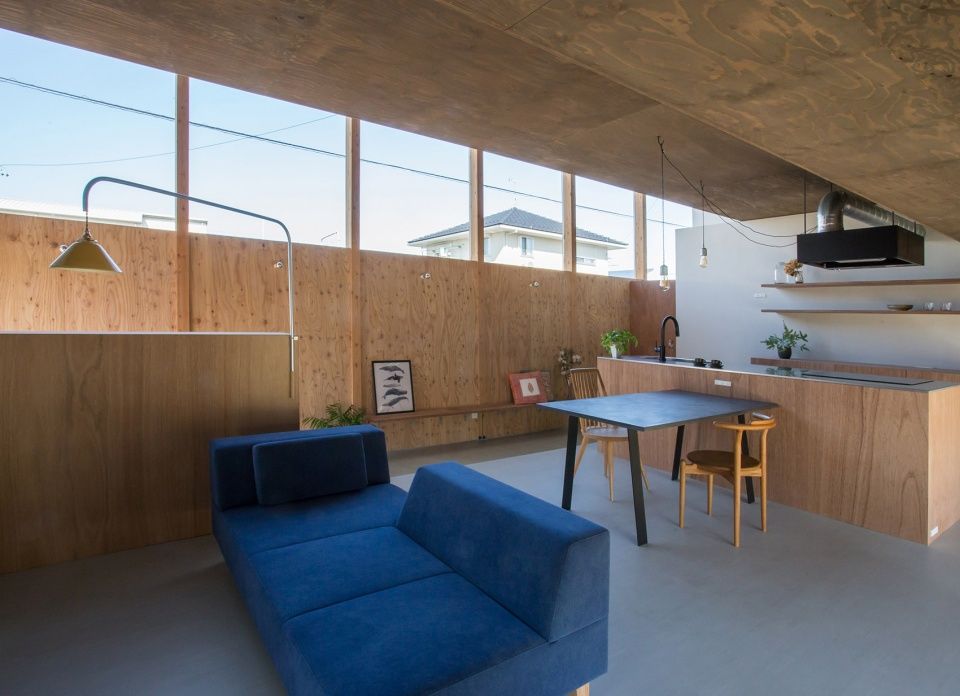
▼建筑后部高1.4米的柱廊与低矮的开窗,The rear of the building has a 1.4-metre-high colonnade and low windows ©1-1 Architects
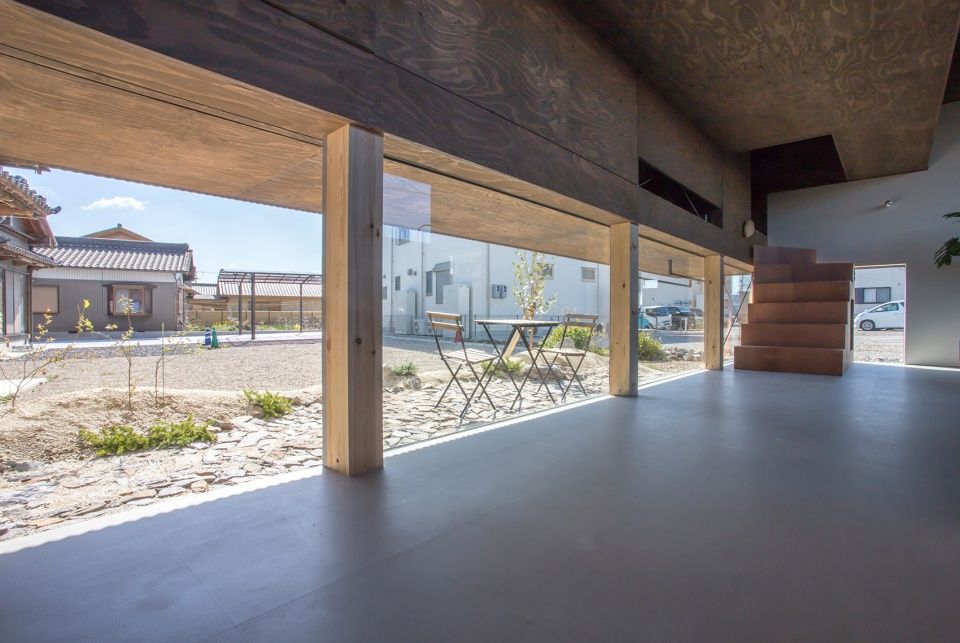
天花板的最低处成为二层的入口,The lowest point of the ceiling becomes the entrance to the second floor ©1-1 Architects
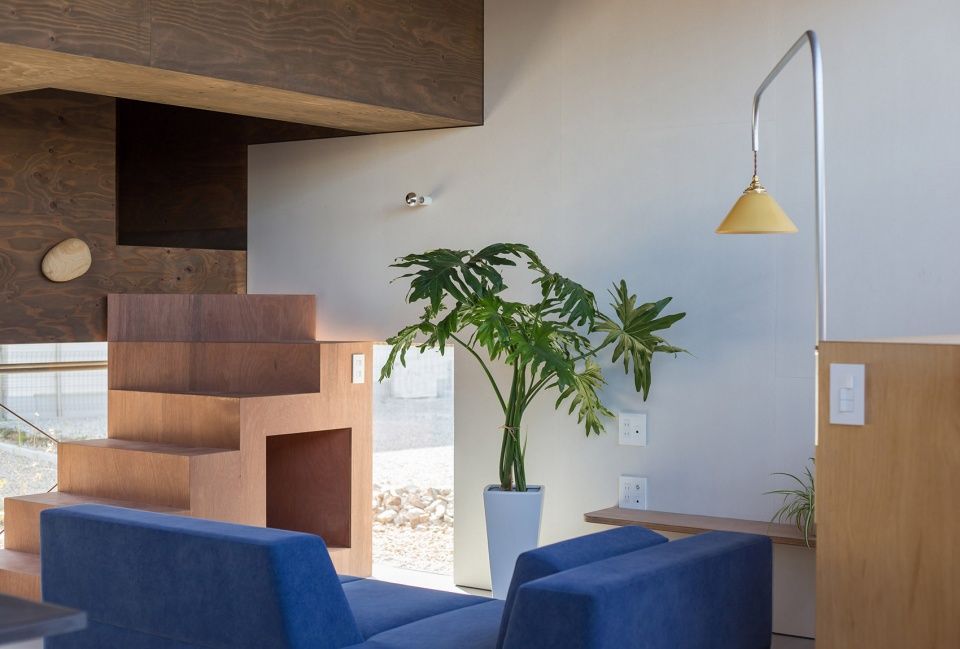
▼阶梯状的天花板,The stepped ceiling ©1-1 Architects
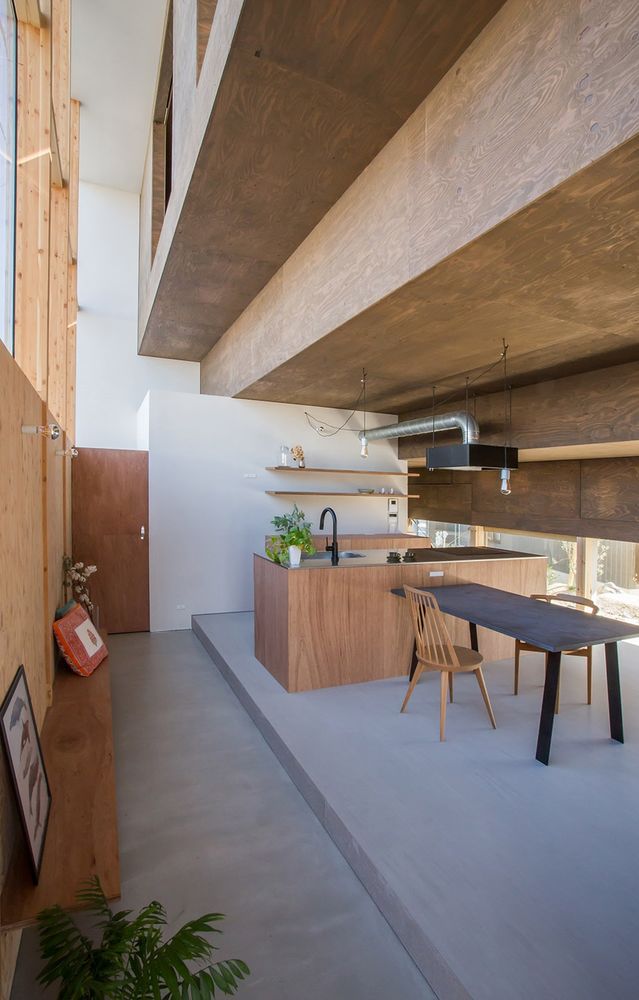
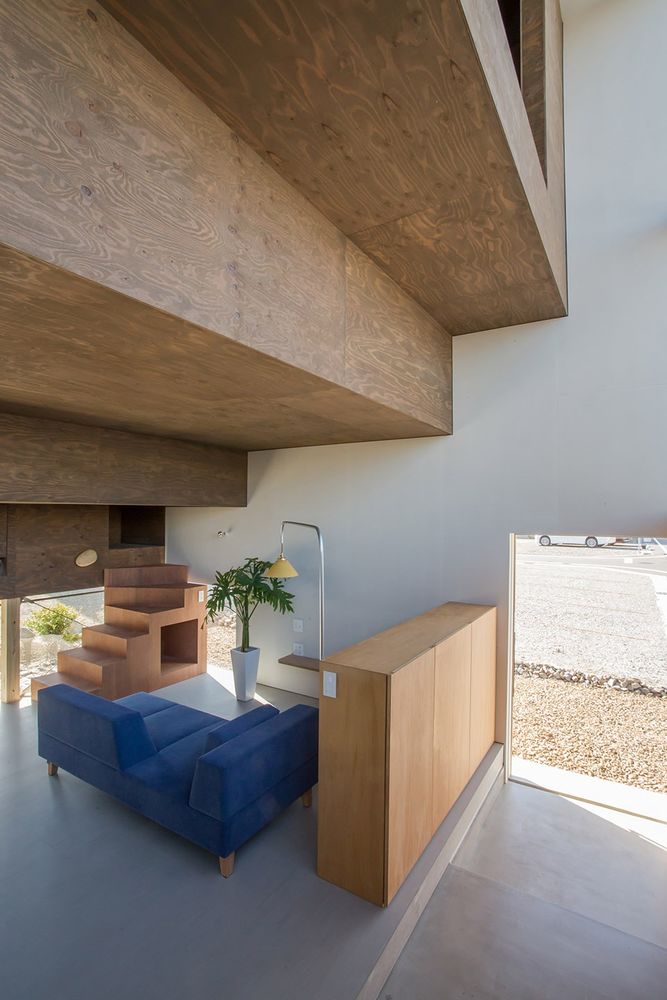
阶梯形状的天花板使二层空间成为底层空间的倒置。底层天花板的最低处则成为上部楼层的入口,将人们引导至这个由私人房间组成的略显昏暗但是而平静温暖的空间。卧室作为住宅中最私密的部分,在空间上通过前方的通高空间与城市隔离,但大面积的开窗却将高架车站的景观引入室内,在视觉上将居住者与城市连接在一起。
The first floor with different ceiling heights in the form of a staircase allows the second floor to take on its inverted shape. The second floor is accessed from the low ceiling space on the first floor and is a dark and calm space composed of private rooms. Each bedroom, the most private space, has a large window with a view of the elevated station in front of it through the stairwell. This location allows the residents to reconnect with the city.
二层空间概览,overall of the second floor©1-1 Architects
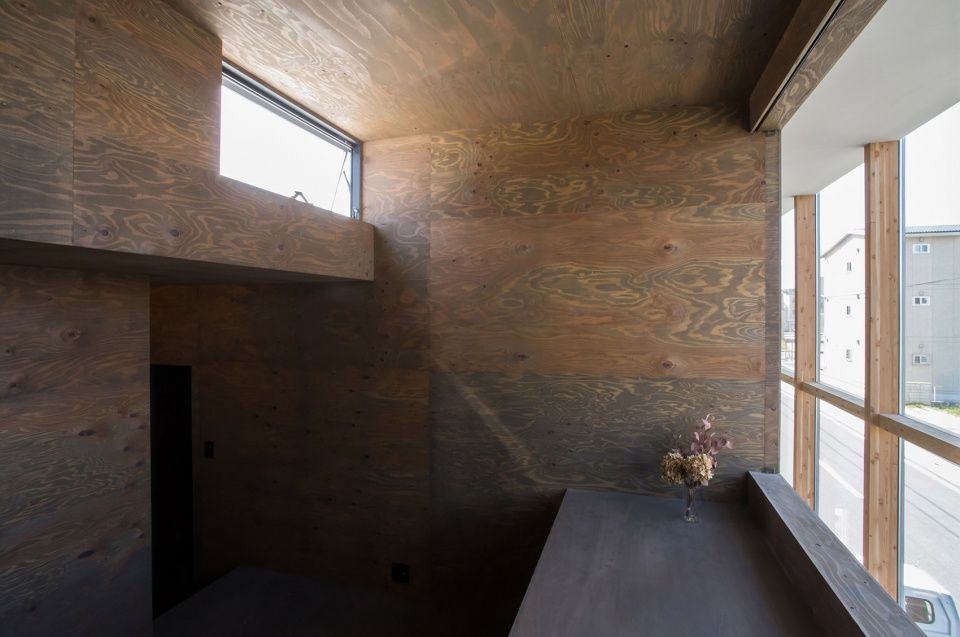
▼由卧室看远处的高架车站,Viewing the elevated station in the distance from the bedroom ©1-1 Architects
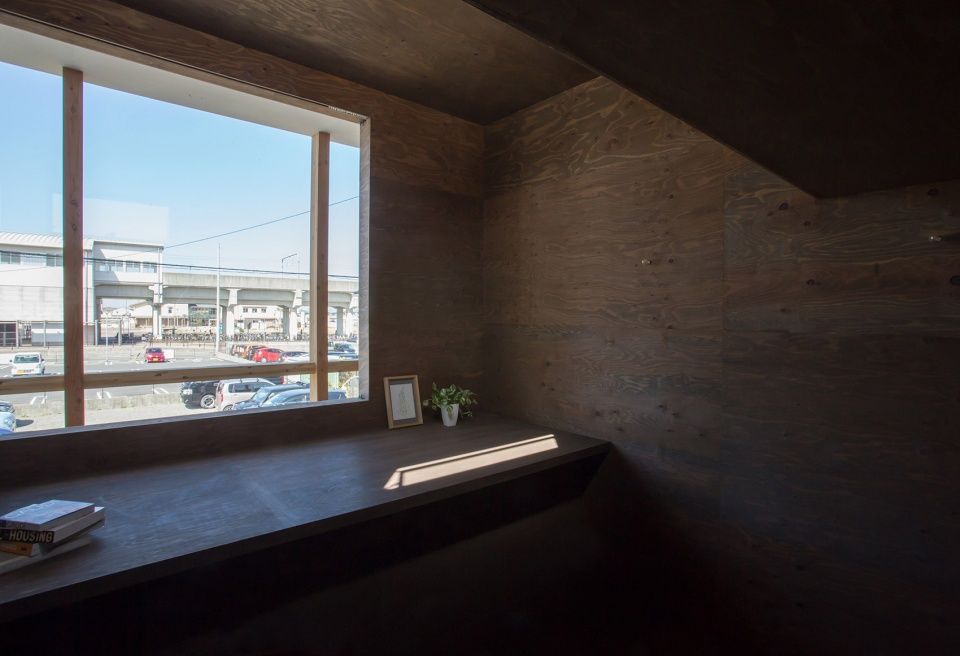
卧室,bedroom©1-1 Architects
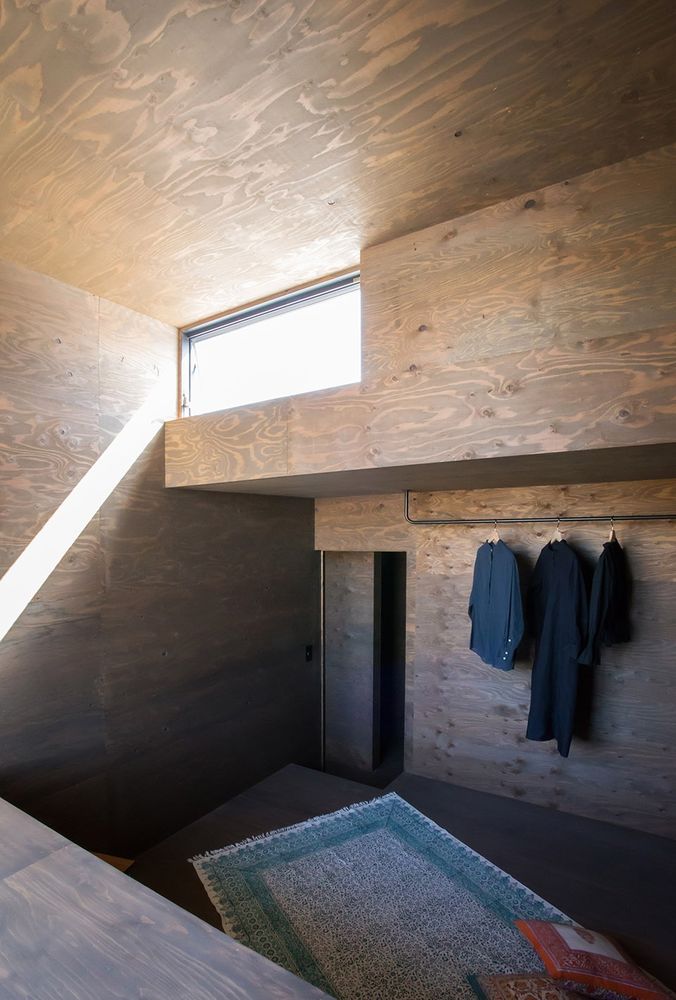
该住宅向人们展示出一种全新的生活方式,将城市中不同尺度的空间与车站前重建区的住宅联系在一起。巧妙的设计保证了室内空间的连续性与流畅性,为居住者提供了探索各种生活场景的乐趣,人们既可以在与城市相连的开放空间中展开日常与社交活动,亦可以在私密空间中享受平静的独处时光。建筑师希望以本项目为例,创造出一种既不融入、也不抵抗城市的生活方式与建筑景观。
This residence proposed a way of living that connects the different scales of the city and the residence in the redevelopment area in front of the station. By designing spaces that are seamlessly connected to each other, the residents can discover a variety of places to live, such as being openly connected to the city or relaxing in their own enclosed space, through small daily activities such as standing, sitting, or lying down. We hoped to create a way of living and a landscape that neither blends in nor resists the city.
▼楼梯,staircase©1-1 Architects
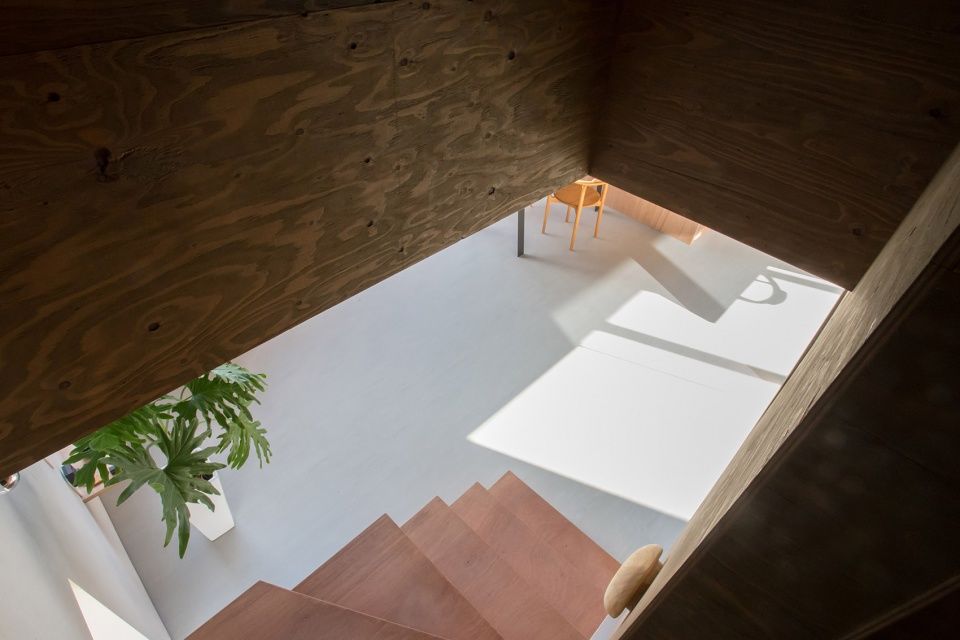
▼楼梯细部,details of the staircase©1-1 Architects
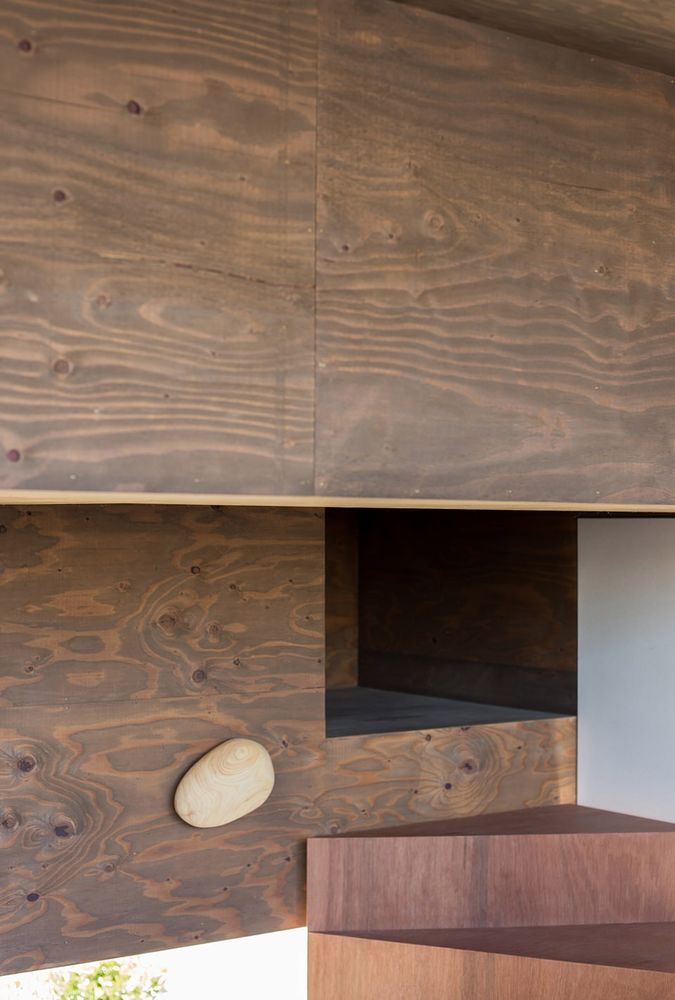
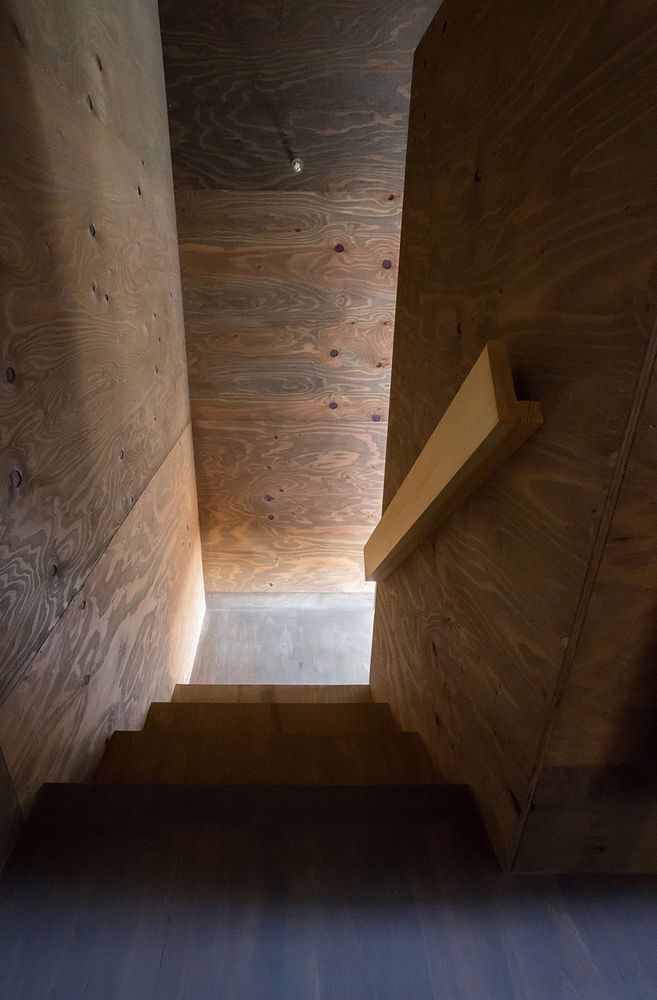
结构规划
Structural Planning
在住宅底层,上部的悬挂结构与木桁架结构创造出无柱空间,人们可以在连续的空间氛围中感知从外到内的尺度变化。此外,沿街一侧的开窗并不是开设在结构墙体上,而是采用了90 × 150毫米的木柱作为框架结构,木柱的尺寸与玻璃的尺寸相匹配,以达到良好的抗风效果,这种结构设计使本项目有别于其他住宅建筑。
The first floor, a column-free space that allows the viewer to seamlessly perceive changes in scale, was achieved by employing a suspended structure from above and a wooden truss structure. In addition, the large window at the street level is not a structural wall, but a 90 x 150 mm wood column was adopted to match the split glass for wind pressure resistance, which sets it apart from other structural materials.
沿街立面细部,detail of the facade along the street©1-1 Architects
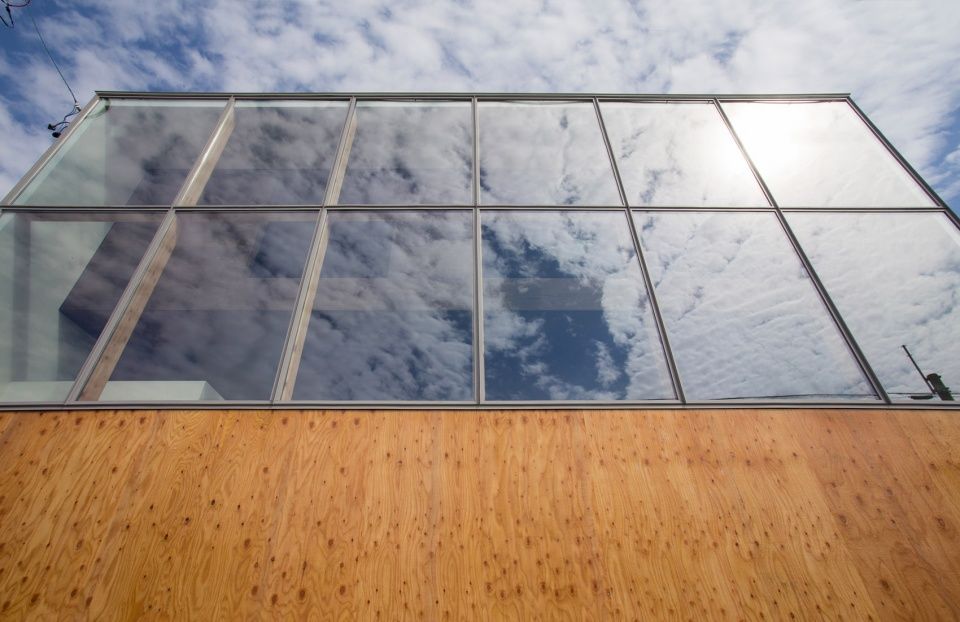
▼正立面开窗采用了90 × 150毫米的木柱作为框架结构,90 x 150 mm wood column was adopted to match the split glass©1-1 Architects
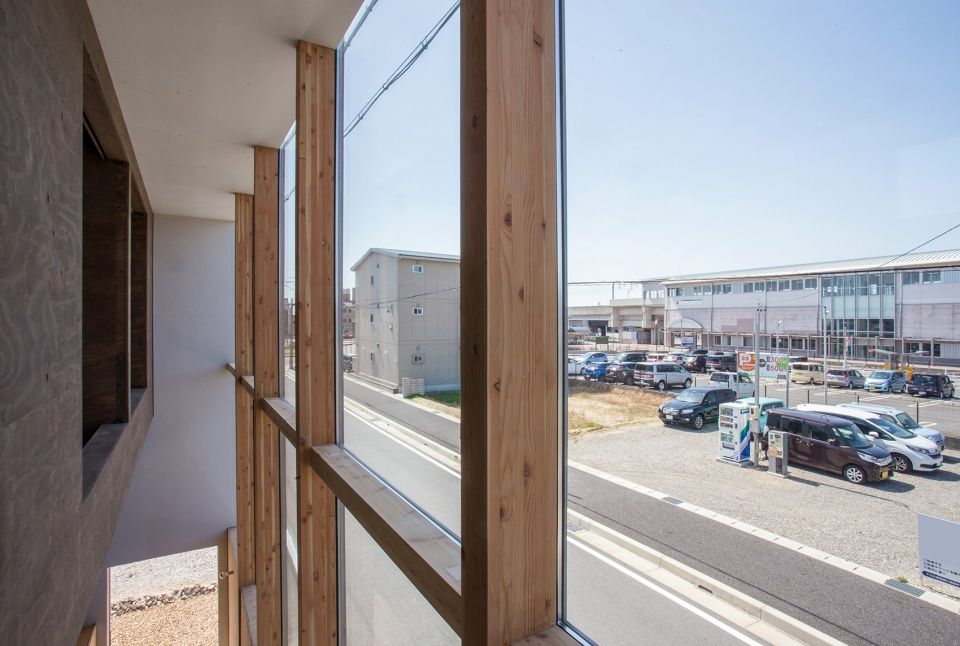
▼阶梯式天花板细部,detail of the stepped ceiling©1-1 Architects
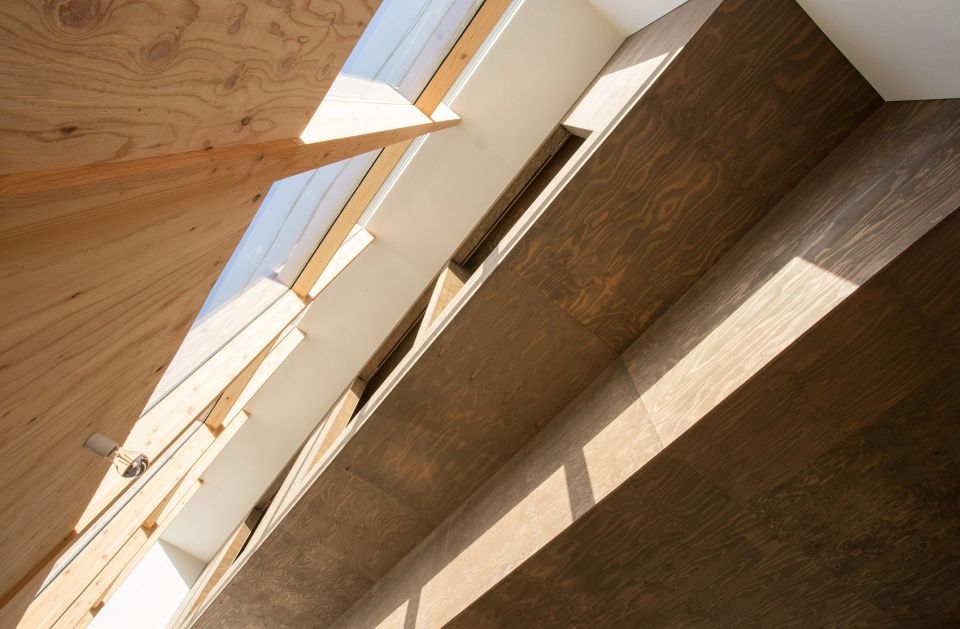
▼夜景,night view©1-1 Architects
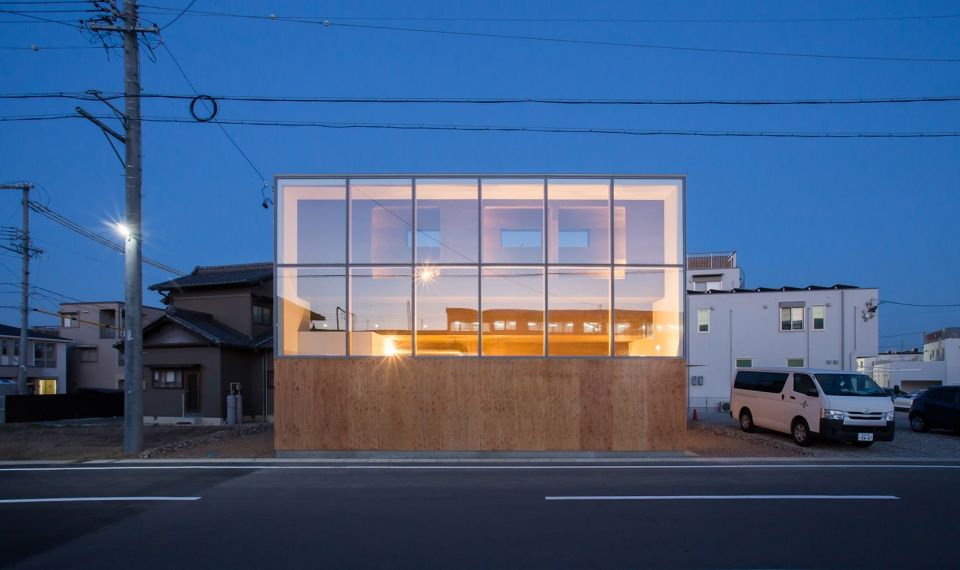
▼底层平面图,ground floor plan©1-1 Architects

二层平面图,upper floor plan©1-1 Architects
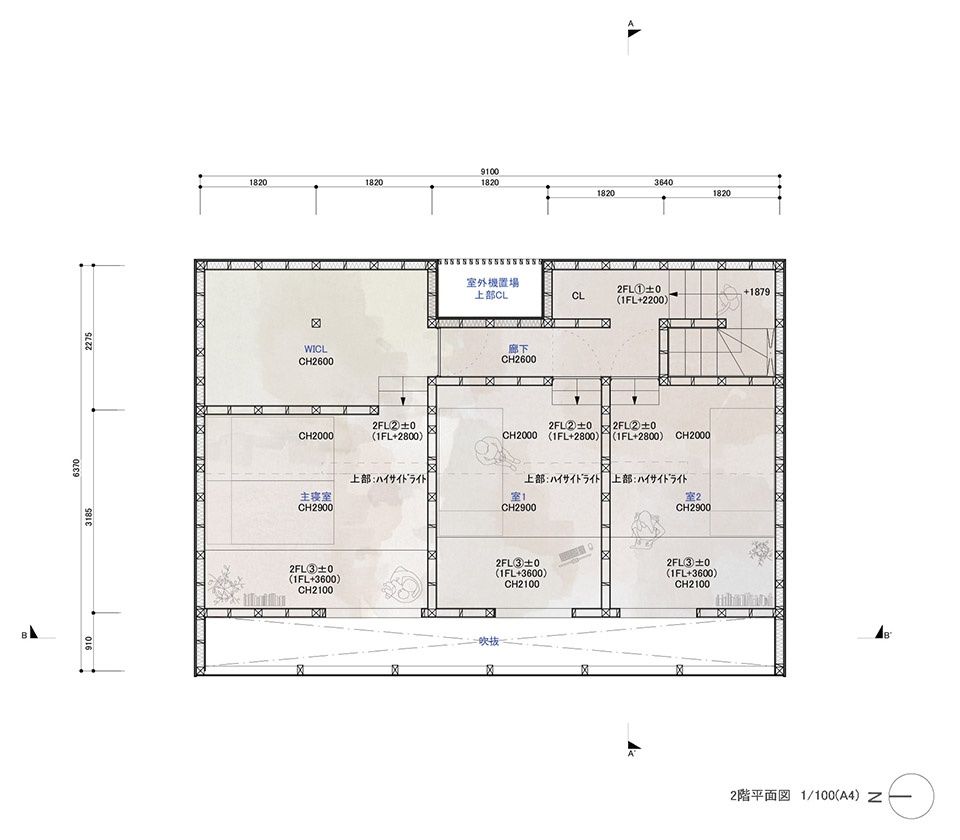
▼剖面图,section©1-1 Architects
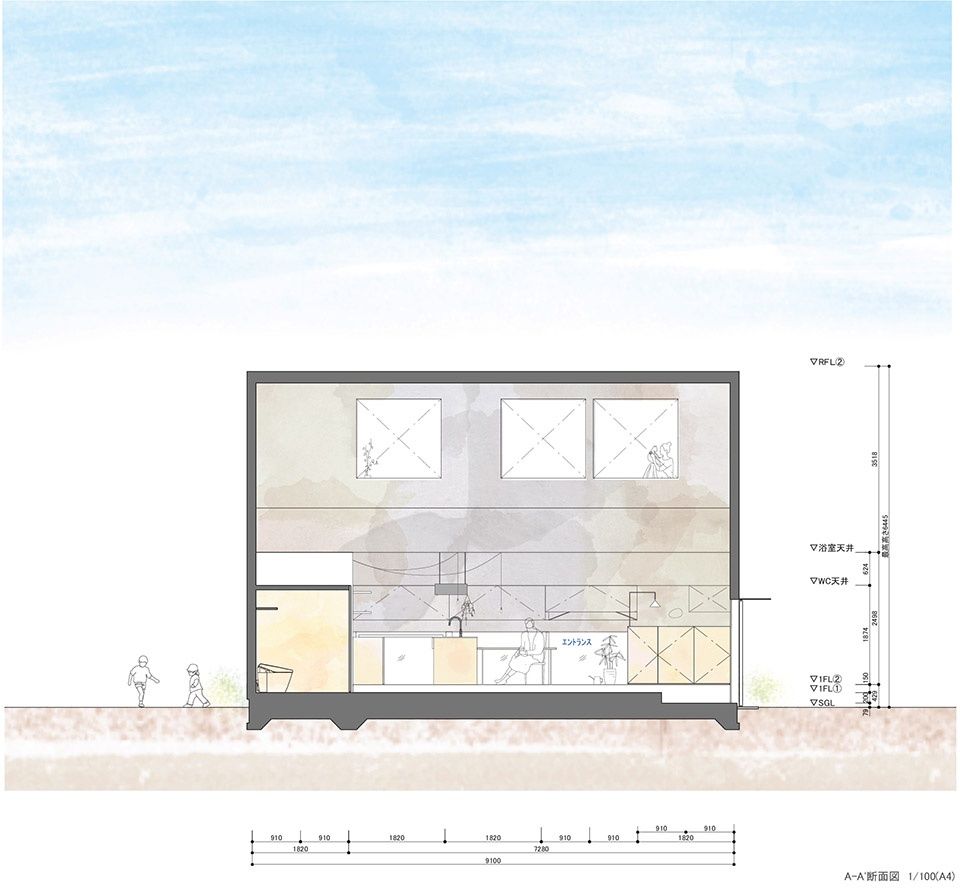
data
Tiltle:House ST
Location: Aichi, Japan
Main use: House
Structure: Wooden
Site area: 134.41m2
Building area: 57.97m2
Total floor area: 97.72m2
Design period:October 2019-June 2020
Construction period:July 2020-March 2021
Design: 1-1 Architects(Yuki Kamiya + Shoichi Ishikawa+Yui Goto)Structure: Komatsu Structural Design
Construction: Hirata Building Co., Ltd.




